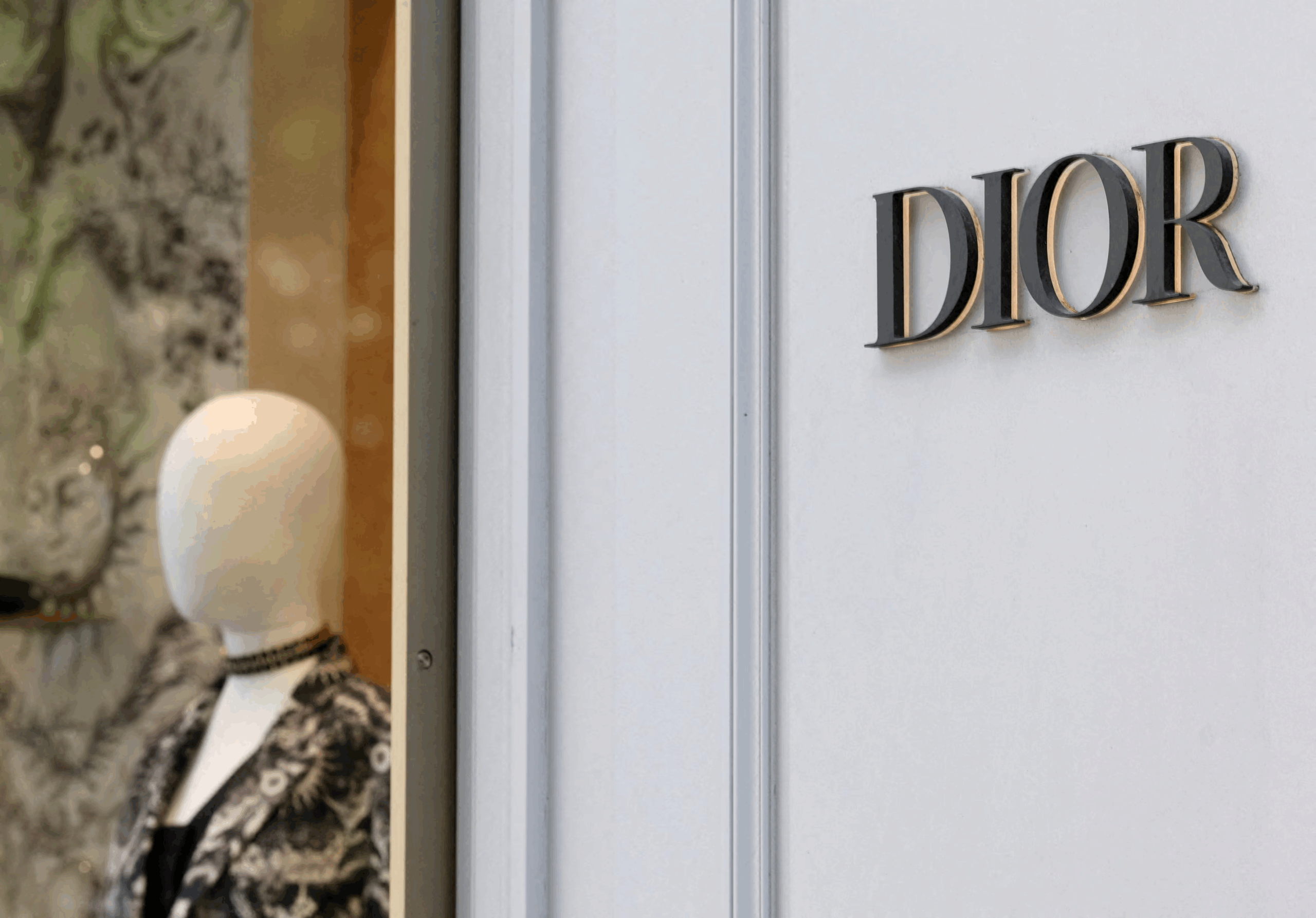
Style Companion
Can Luxury Be Ethical at Scale? Dior’s Italian Scandal Reveals a Fragile System
by Thea Elle | Jul., 22, 2025 | Luxury Industrial Complex
In Milan, the court’s ruling landed not with the crack of a gavel but with the soft thud of inevitability. Less than a year after placing DIOR’s Italian manufacturing arm under special administration for labor violations, judges declared the house reformed. The company, they noted approvingly, had “resolved relationships with at-risk suppliers extremely quickly” and “set a new benchmark for best practice.” In other words: problem solved. Crisis contained. DIOR is back to business as usual. Or so the official narrative would have us believe. Scratch beneath the judicial language and the carefully manicured corporate statements, however, and a more disquieting reality emerges—one that no amount of polished press releases, sustainability reports, or social media storytelling can fully obscure. This was never merely a DIOR problem. It was, and remains, a systemic flaw baked into the very architecture of modern luxury. A flaw born not of malice, but of scale. And it raises a question the industry has long tiptoed around: Can luxury ever be truly ethical when it operates as a globalized, billion-dollar business?

Heritage vs. Hypergrowth
For much of the 20th century, luxury thrived on the illusion of scarcity and the reality of artisanal care. A HERMÈS Kelly or a DIOR Saddle wasn’t just an object; it was a talisman of craft, forged in hushed ateliers where generations of savoir-faire passed from master to apprentice like a sacred rite but in the era of conglomerate luxury—when names like LVMH, KERING, and RICHEMONT dominate the landscape—this ideal has been replaced by something far more pragmatic. Growth became the north star. Global retail footprints, Instagram-fueled demand spikes, and e-commerce platforms promising next-day delivery created a logistical behemoth of a supply chain.
DIOR, now firmly within the orbit of Bernard Arnault’s LVMH empire, was no exception. When Italian investigators uncovered that the brand’s leather goods unit had outsourced production to small, Chinese-owned subcontractors employing undocumented workers in precarious conditions, it wasn’t shocking so much as depressingly familiar. Prato, the Tuscan city at the heart of Italy’s fast-fashion and luxury manufacturing nexus, has for years been the locus of whispered scandals: cramped dormitories, 12-hour shifts, cash-in-hand wages. Luxury brands rarely deal directly with these workshops. Instead, a web of intermediaries insulates them from the messy realities on the ground. Until, of course, the web unravels under legal scrutiny. The Milan court praised DIOR for acting “extremely quickly” to sever ties with at-risk suppliers and overhaul its oversight systems. But how much of this speed was born of genuine cultural shift, and how much was simply the ruthless efficiency of a house that understands the cost of bad PR?

Once symbols of rarity and reverence, luxury icons like the HERMÈS Kelly and DIOR Saddle now orbit a global system obsessed with speed and scale.
When Ethics Meet Economics
To be fair, DIOR’s rapid response deserves recognition. In less than a year, the house rolled out supplier audits, compliance protocols, and what Milan’s judges lauded as “best practices.” On paper, the reforms signal a company eager to course-correct and fortify its ethical perimeter. But scratch the surface, and the deeper dilemma remains unresolved: how much ethical control can any luxury giant truly claim when it must feed a global appetite measured not in hundreds, but in hundreds of thousands? The uncomfortable answer? Not nearly enough. This is the bind at the heart of contemporary luxury. The industry has spent decades telling consumers that a monogrammed bag or a hand-stitched shoe is more than just a product—it is a vessel of heritage, a tangible link to centuries of savoir-faire, something scarce by design and precious by nature. Yet behind the gilded shop fronts and cinematic campaigns lies a supply chain that increasingly resembles fast fashion’s in scale and complexity.
Dana Thomas captured this contradiction in her prescient 2007 book Deluxe: How Luxury Lost Its Luster. She warned that democratizing luxury—flooding the world with logos and scaling production to match insatiable demand—would come at a cost. Not just to the aura of exclusivity that once defined these maisons, but to the invisible hands that stitch, dye, and assemble the goods.

When everyone has it, is it still luxury? The smart money may be on brands that choose fewer bags, fewer stores, and fewer apologies.
Back to Business as Unusual
In its statement following the ruling, DIOR insisted it had “further strengthened its operations along the supply chain, setting a new benchmark for best practice in the industry.” The language is polished, the sentiment admirable. But it feels dangerously close to a ritualistic refrain—one we’ve heard from too many fashion houses caught with their ethical slip showing.
Because DIOR’s scandal was not an anomaly. It was part of a pattern. Giorgio Armani’s Italian unit was placed under similar special administration last year. Alviero Martini faced the same fate. Across the fashion capitals of Europe, from Florence to Paris, the industry’s most revered names have stumbled over the same tripwire: the impossibility of upholding artisanal standards at industrial scale. Luxury has long excelled at narrative. But narratives don’t stitch bags or audit suppliers.

Behind DIOR’s polished reforms lies the same question haunting all of luxury as it struggles to reconcile heritage with a supply chain built for fast fashion.
The Future: Smaller, Slower, Smarter?
So where does the industry go from here? If scale is the problem, perhaps the solution lies in rethinking scale itself. There are whispers of a countercurrent in the fashion world: niche ateliers refusing to expand beyond what their workshops can handle; brands prioritizing experience and storytelling over product proliferation; experiments in radical supply chain transparency. These are not yet the norm—but they might be luxury’s best chance at redemption.
Because as long as luxury tries to be everywhere—on every wrist, shoulder, and smartphone screen—it risks becoming ordinary. And once the extraordinary is lost, no amount of corporate contrition can buy it back.

Behind DIOR’s polished reforms lies the same question haunting all of luxury as it struggles to reconcile heritage with a supply chain built for fast fashion.
Beyond Apologies: Building a New Paradigm
True reinvention will require more than improved audits or supplier codes of conduct. It will demand a cultural shift within an industry long addicted to quarterly growth. That means fewer seasonal drops, fewer logo-laden accessories churned out for mass appeal, and more investment in artisanship that cannot be replicated at industrial scale.
It may also mean relinquishing the illusion of endless accessibility. Luxury’s future might hinge not on reaching more consumers but on reawakening desire by pulling back. In an age where everything is instantly available, perhaps the ultimate luxury is restraint.
